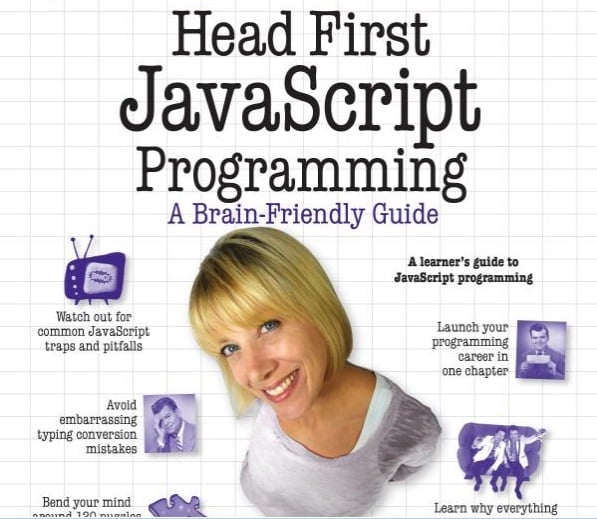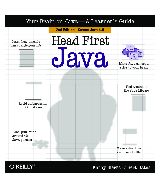
- Head first html and css 2nd edition chapter 5 full#
- Head first html and css 2nd edition chapter 5 software#
- Head first html and css 2nd edition chapter 5 code#
Head first html and css 2nd edition chapter 5 code#
But the complexity and sheer amount of code in the scaffolding can be utterly overwhelming to a beginning Rails developer you may be able to use it, but you probably won’t understand it. When writing a Ruby on Rails tutorial, it is tempting to rely on the scaffolding approach-it’s quicker, easier, more seductive. But be warned: They accomplish their amazing 15-minute feat using a feature called scaffolding, which relies heavily on generated code, magically created by the Rails generate command. That video and its successors are a great way to get a taste of Rails’ power, and I recommend watching them.

Scaffolding: Quicker, Easier, More Seductiveįrom the beginning, Rails has benefited from a palpable sense of excitement, starting with the famous 15-minute weblog video by Rails creator David Heinemeier Hansson. Although of necessity our efforts will focus on this specific sample application, the emphasis throughout the Rails Tutorial will be on general principles, so that you will have a solid foundation no matter what kinds of web applications you want to build.īox 1.1. The final sample application will bear more than a passing resemblance to a certain popular social microblogging site-a site that, coincidentally, was also originally written in Rails. Finally, in Chapter 10 and Chapter 11 we’ll add microblogging and social features to make a working example site.
Head first html and css 2nd edition chapter 5 full#
Then, in Chapter 5 through Chapter 9, we’ll complete the foundation for the sample application by making a site layout, a user data model, and a full registration and authentication system. We’ll take a quick detour in Chapter 4 to learn a little about the Ruby language underlying Rails. We’ll develop the sample app using test-driven development (TDD), getting started in Chapter 3 by creating static pages and then adding a little dynamic content. The rest of the tutorial focuses on developing a single large sample application (called sample_app), writing all the code from scratch. To get up and running quickly, we’ll build this demo app (called demo_app) using scaffolding (Box 1.1) to generate code since this code is both ugly and complex, Chapter 2 will focus on interacting with the demo app through its URIs (sometimes called URLs) 1 using a web browser. In Chapter 2, we’ll make a second project, whose purpose is to demonstrate the basic workings of a Rails application. And, believe it or not, in this chapter we’ll even put our first app on the wider web by deploying it to production (Section 1.4).
Head first html and css 2nd edition chapter 5 software#
The Rails Tutorial emphasizes good software development practices, so immediately after creating our fresh new Rails project we’ll put it under version control with Git (Section 1.3). We’ll then create our first Rails application, called (appropriately enough) first_app. In this first chapter, we’ll get started with Ruby on Rails by installing all the necessary software and by setting up our development environment (Section 1.2). You can think of the Rails Tutorial as a video game where you are the main character and where you level up as a Rails developer in each chapter. If you are used to skipping around in technical books, taking this linear approach might require some adjustment, but I suggest giving it a try. As Derek Sivers notes in the foreword, this book is structured as a linear narrative, designed to be read from start to finish. To accomplish this goal, Rails Tutorial takes an integrated approach: You will learn Rails by example by building a substantial sample application from scratch. In addition to Ruby on Rails, this skillset includes HTML and CSS, databases, version control, testing, and deployment. Note that the goal of this book is not merely to teach Rails, but rather to teach web development with Rails, which means acquiring (or expanding) the skills needed to develop software for the World Wide Web. (The most up-to-date version of the Rails Tutorial can be found on the book’s website at if you are reading this book offline, be sure to check the online version of the Rails Tutorial book at for the latest updates.) Finally, since the Rails Tutorial uses Rails 3, the knowledge you gain here represents the state of the art in web development. You will also be ready to benefit from the many more advanced books, blogs, and screencasts that are part of the thriving Rails educational ecosystem. The goal of this book is to be the best answer to the question, “If I want to learn web development with Ruby on Rails, where should I start?” By the time you finish the Rails Tutorial, you will have all the skills you need to develop and deploy your own custom web applications with Rails.

Ruby on Rails Tutorial: Learn Web Development with Rails, 2nd Edition


 0 kommentar(er)
0 kommentar(er)
